The stress and hassle of traveling can be a challenge for anyone, but it poses a special challenge for those struggling with chronic diseases like COPD.
If you or someone you love has COPD, then you know that it can make major changes in daily routine difficult to manage. COPD patients struggle every day to keep their symptoms under control and often have strict treatment regimens they have to follow carefully.
This difficulty gets amplified when you leave your house, and it can make any kind of traveling a daunting task. Especially if you use supplemental oxygen, it takes a significant amount of planning and preparation to safely spend an extended time away from home.
However, this doesn't mean that travel is impossible, even if it does make it more complicated. With the right planning and preparation, you can still go on trips and adventures without compromising your health.
The Challenges of Traveling with COPD
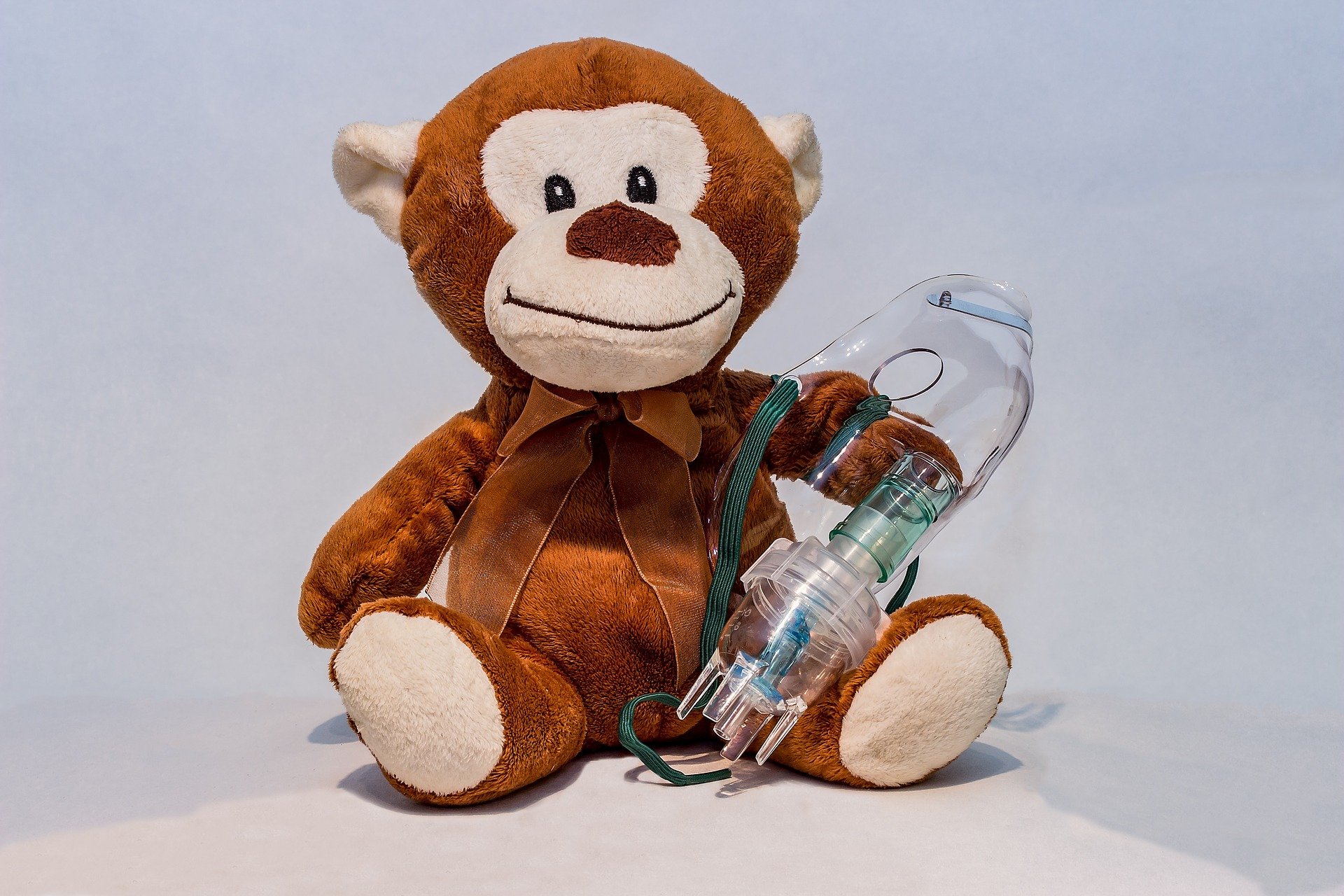
If you have COPD, there are many different things you need research and consider before planning an extended trip away. Overlooking even a small detail could be dangerous or throw a major wrench in your travel plans.
For instance, you need to thoroughly research your destination and where you're staying to ensure that you don't put your lungs in hazardous conditions. You also have to pack much more carefully so you don't forget any medication or medical equipment you need.
And if you have a prescription for supplemental oxygen, it gets even more complex. Knowing general oxygen safety isn't enough; you need to plan and prepare in order to avoid problems, accidents, and running out of oxygen.
If you suffer from COPD, failing to plan properly is not just irresponsible, but can actually be dangerous for your health. Poor preparation could result in missing your transportation or suffering from severe breathing problems far away from home.
In this article, we're going to show you how to make traveling with COPD and oxygen as safe and convenient as possible, whether you travel by plane, car, or any other mode of transportation. We'll tell you what to look out for, how to prepare, and how to handle your oxygen equipment safely on the journey.
Going far away from home can be scary when you have a chronic disease, especially if you have severe COPD. But if you follow the tips in this article, you'll be prepared for the challenge and able to embark on your journey worry-free.
The Challenges of Traveling with Oxygen
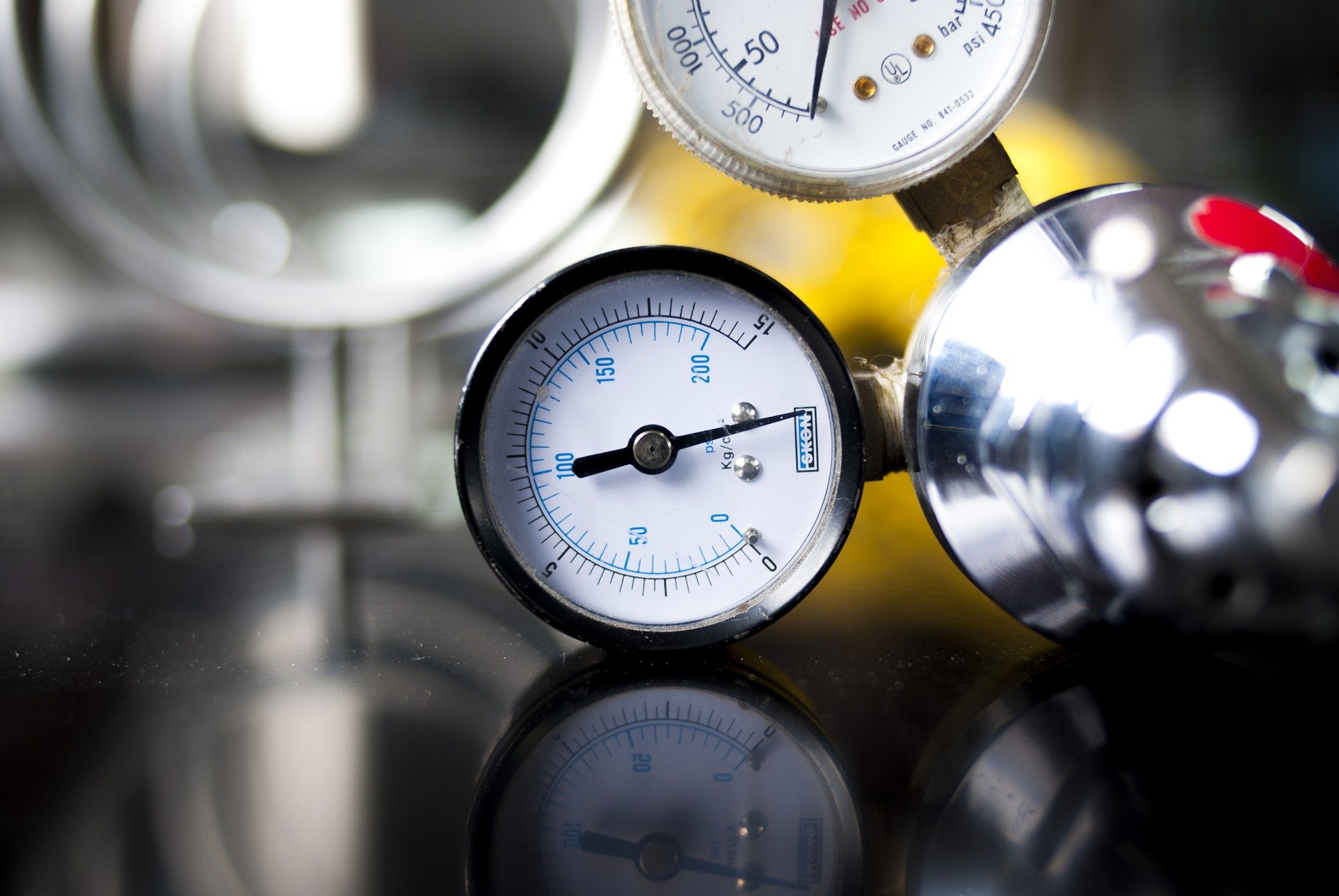
Millions of people in the US rely on supplemental oxygen, and it's a lifeline for many patients with COPD. If you or someone you love uses supplemental oxygen, then you need to learn all about how to safely use and transport oxygen when you travel.
Whether you use oxygen occasionally or continuously, lugging around heavy oxygen tanks and other equipment can be complicated and inconvenient. Being tethered to a medical device is not easy, and it's no wonder many patients feel limited or trapped by their oxygen therapy.
What makes traveling potentially dangerous for oxygen patients is that it takes you out of your familiar environment and far away from your doctor, home, and most possessions. If you forget any equipment, run out of oxygen, or something else goes wrong, it can be more difficult to get help in an unfamiliar place.
Another challenge of traveling with oxygen is that it disrupts your normal routine, which can make it difficult to keep up with your usual COPD treatment schedule. Traveling to new places can also expose you to new allergens and respiratory irritants, making flare-ups more likely and potentially increasing your oxygen needs.
There's also the problem of the mode of travel itself, which can limit your oxygen options and make therapy more complicated. For example, when you travel long distances by car, it can be difficult to access, adjust, and switch out your oxygen supply.
Traveling by plane is even more complicated because of airport security and restrictions on what you can bring aboard. Airlines usually only allow you to bring portable oxygen concentrators on the plane, as they consider liquid or compressed gas oxygen tanks a safety risk.
In general, traveling makes oxygen therapy more inconvenient at the same time that it becomes more difficult keep your symptoms at bay. It also means preparing for a variety of potential problems and situations that you can't control.
But even though living with COPD may make travel more complicated, you can still find ways to explore and have new adventures. In the next sections, we'll cover all of these complications and show you a variety of practical tips for traveling safely with oxygen and COPD.
{{cta('b59df0c1-c4de-47a8-8e1c-0d33d4b414aa','justifycenter')}}
First Steps Before Your Trip
Talk To Your Doctor!
Consulting your doctor should be the very first step you take before planning an extended trip away from home. It's important to get your doctor's okay, as well as important medical records and prescription information, before you travel.
First, talk to your doctor about where you are visiting and what kinds of events and activities you are planning to participate in. That way, if there are any concerns or red flags, your doctor can warn you and give you advice to help you avoid problems.
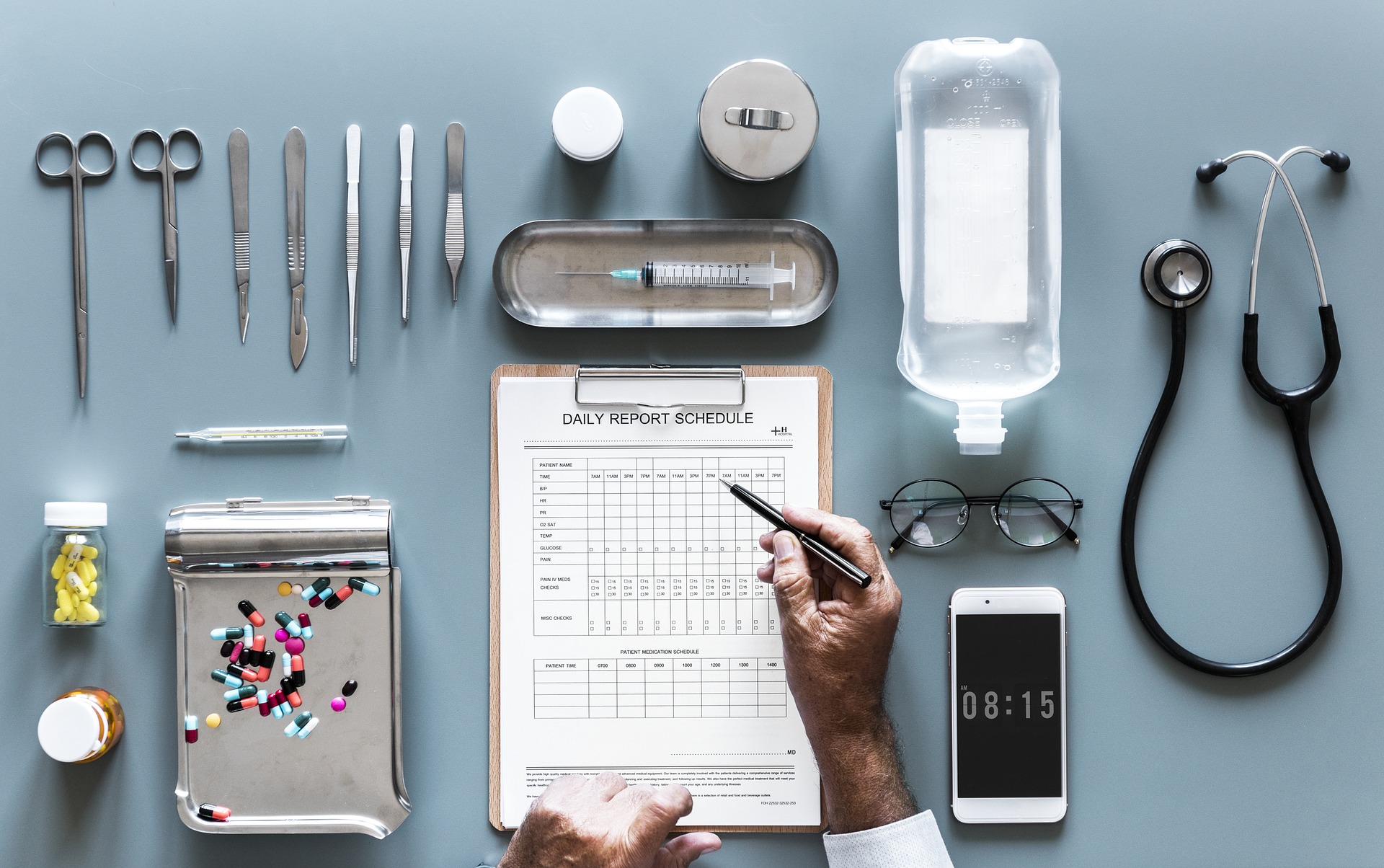
Depending on the severity of your COPD and any recent medical problems, your doctor might impose limitations on your travel or what sorts of activities you can do. He may also be able to give you helpful advice for managing your symptoms and continuing treatment on your trip.
You should also ask your doctor for a detailed list of your medications in case you need to verify your medicine with travel personnel at any point along your trip. You should also make sure you have your doctor's up-to-date contact information in case you have an emergency or simply need to ask a question.
Research Your Destination
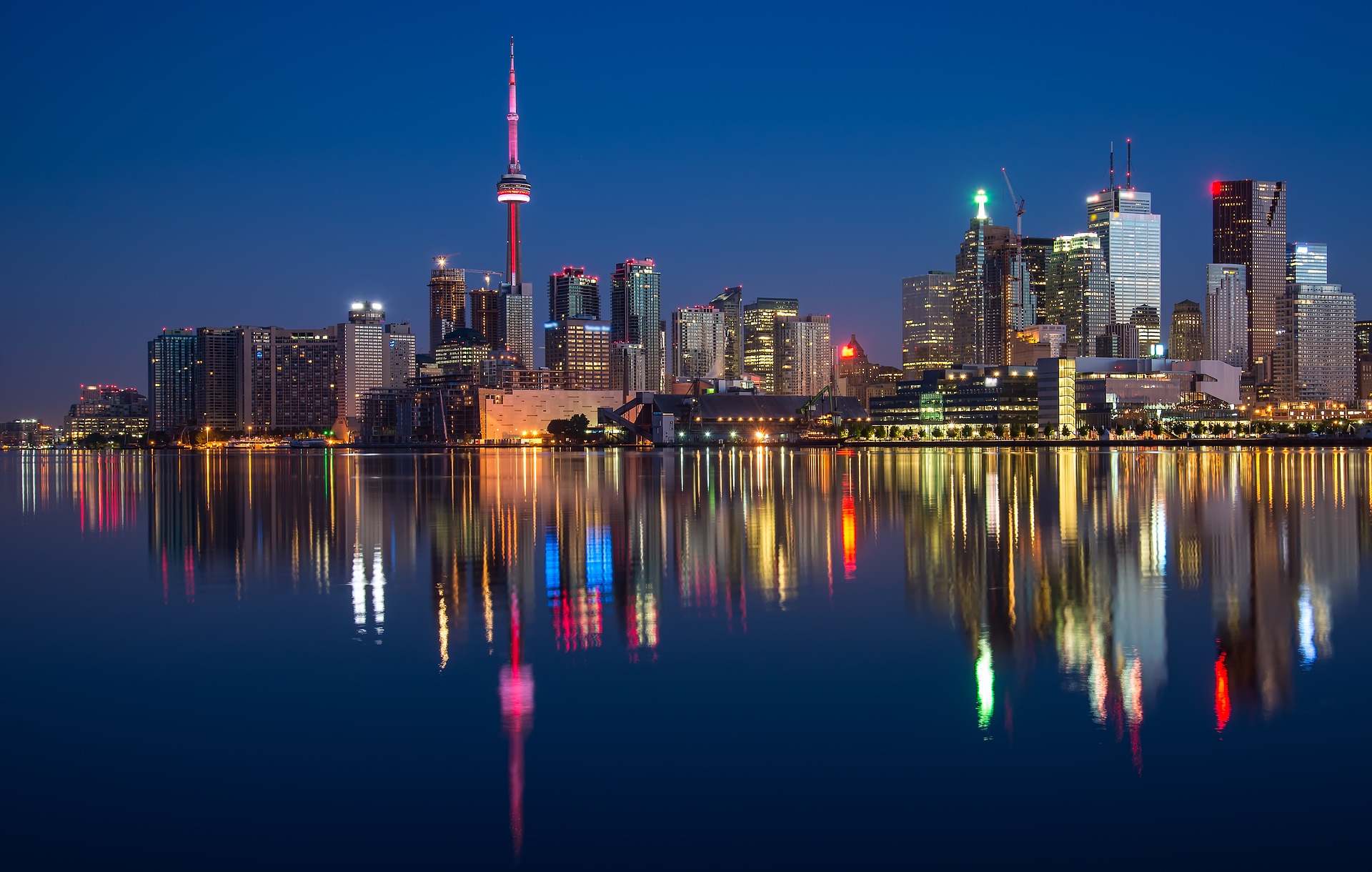
Before you get your heart set on a destination, make sure you take some time to research the place you want to visit. That way, you can find out about any conditions that could affect your COPD and make arrangements ahead of time to minimize your risk.
Local climate conditions including weather, air pollution, humidity, and altitude are all important things to look up before you travel to an unfamiliar location. You should also look up local hospitals and medical services near your travel destination so you can get help quickly if something goes wrong.
For example, you will need to take extra precautions if you are planning to travel to a high elevation, such as taking extra medication or adjusting your oxygen prescription. Since there is less oxygen at high altitudes, you will have more difficulty breathing, and portable oxygen concentrators may not function correctly.
In especially hot, humid, cold, or polluted environments, you should be ready for flare-ups and prepare to treat more aggressive COPD symptoms. You may need to pack extra medication or equipment (such as a particle mask) to help you cope with poor weather and air quality.

In some cases, the conditions might simply be too dangerous for your health, especially if your COPD is severe or you've experienced a recent hospitalization. If your ideal destination will make it too difficult to control your symptoms and get the medical care you need, you should look for a different place to visit.
Even though travel and vacations are important, they're not worth putting your lungs or your life at risk. Most of the time, you can find a great alternative destination that is more accommodating and easier on your body.
As we mentioned before, you should always consult your doctor before going on any kind of extended trip if you suffer from COPD. If you or your doctor have concerns about climate conditions or medical services during your travels, it's important to take them seriously, even if it means making compromises.
Here are some tips for finding a safe, comfortable travel destination:
- If you are traveling far, do some research on the local climate so you know what to expect.
- Look out for rural places that are far from a hospital or sophisticated medical services. It's important to be able to get quick and effective medical attention in the case of a serious exacerbation or emergency.
- If you are sensitive to weather conditions, try to avoid visiting places with extreme temperatures or humidity. If you can, visit more extreme climates during a season when the weather is more mild and tolerable.
- Exercise caution if you are traveling to a higher elevation than what you're used to, as the air will be thinner and more difficult to breathe. If you have severe breathing troubles, you may need to avoid visiting high altitudes altogether.
- Write down the addresses and phone numbers of local hospitals and clinics in all the areas you are traveling to. Your doctor may even be able to give you recommendations for trusted medical professionals in the region.
{{cta('fa8abc2a-1e88-4fa3-82fd-1cb5b9ed43b2','justifycenter')}}
Choose Safe and Comfortable Lodging

Once you've chosen a suitable destination for your trip, you still need to find a comfortable place to stay. Unfortunately, not all hotels, resorts, and other types of lodging can accommodate people with special medical requirements.
If your COPD is severe or you use supplemental oxygen therapy, it's important to find lodging that accommodates your needs. You can often find information on medical conditions and disabilities on the company's website, but you should always call ahead to notify them and verify their amenities before your visit.
You should also make sure that the place you plan to stay at is clean, reputable, and has helpful, friendly staff. Here are some more tips for finding a safe and comfortable place to stay as you plan your next trip:
- If you are staying at an inn or resort, make sure they have smoke-free accommodations.
- Look up reviews from other guests who have stayed at the same place to make sure it is clean, safe, and friendly. Cross-reference reviews with the hotel's claims to ensure that what they promise doesn't differ significantly from the experiences of past guests.
- If your lungs are sensitive to fragrances and cleaning products, notify your hotel ahead of time. They may be able to use milder cleaning products or offer unscented toiletries in your room.
- Make sure that any events or venues you plan to visit are smoke-free environments.
- If you need any special help or disability accommodations, check with your hotel ahead of time to make sure they can provide adequate assistance.
- If you use oxygen, check with your hotel ahead of time to ensure there are no safety issues and that they are aware of your medical condition and needs.
- Make sure where you stay has a safe, secure place for you to store your oxygen or other medical equipment. You will need a well-ventilated place to secure any extra oxygen tanks you bring and a steady supply of electricity for your oxygen concentrator, if you have one.
- If you rely on an oxygen concentrator as your primary oxygen source, make sure you notify the hotel that you are bringing medical equipment that requires a constant electricity source. Make sure they have a backup generator or other safeguards in place in case of a power outage.
- If you have requested any special accommodations, make sure you check in with your hotel a few days before your visit to make sure everything is in order.
Stock Up on Oxygen and Other Medications

When you're far away from home, the last thing you want to do is run out of medication. It can be much more difficult to coordinate a prescription refill in an unfamiliar town, and disruptions in your daily medication schedule can be dangerous.
Not having your oxygen, inhaler, or rescue medication when you need it can cause dangerous breathing issues and even require you to go to the hospital. At the very least, going without your medication can cause your symptoms to flare up, which is never pleasant and could lead to a more serious exacerbation.
That's why you should talk to your doctor about stocking up on extra medications to bring with you if you are planning an extended trip. You may need more than your typical amount to last the duration, and you should ask for extra in the case of emergencies or in case you are away longer than expected.
If you use supplemental oxygen, it's particularly important to talk to your doctor and your oxygen supplier before the trip. They can help you make sure that you have enough extra oxygen to last in case of an emergency or one of your other oxygen sources malfunctions.
Depending on where you are traveling to and what company supplies your oxygen, you may even be able to get oxygen delivered to your travel destination while you're there. Each company is different, so you will need to work with your provider ahead of time to find a solution that works for your trip.
Once you've ensured that you will be in no danger of running out of oxygen, you should stock up on other oxygen delivery equipment you may need. You might want to bring extra sets of nasal cannulae, humidifier bottles, and any padding you use to make oxygen therapy more comfortable.
Gather Medical Paperwork
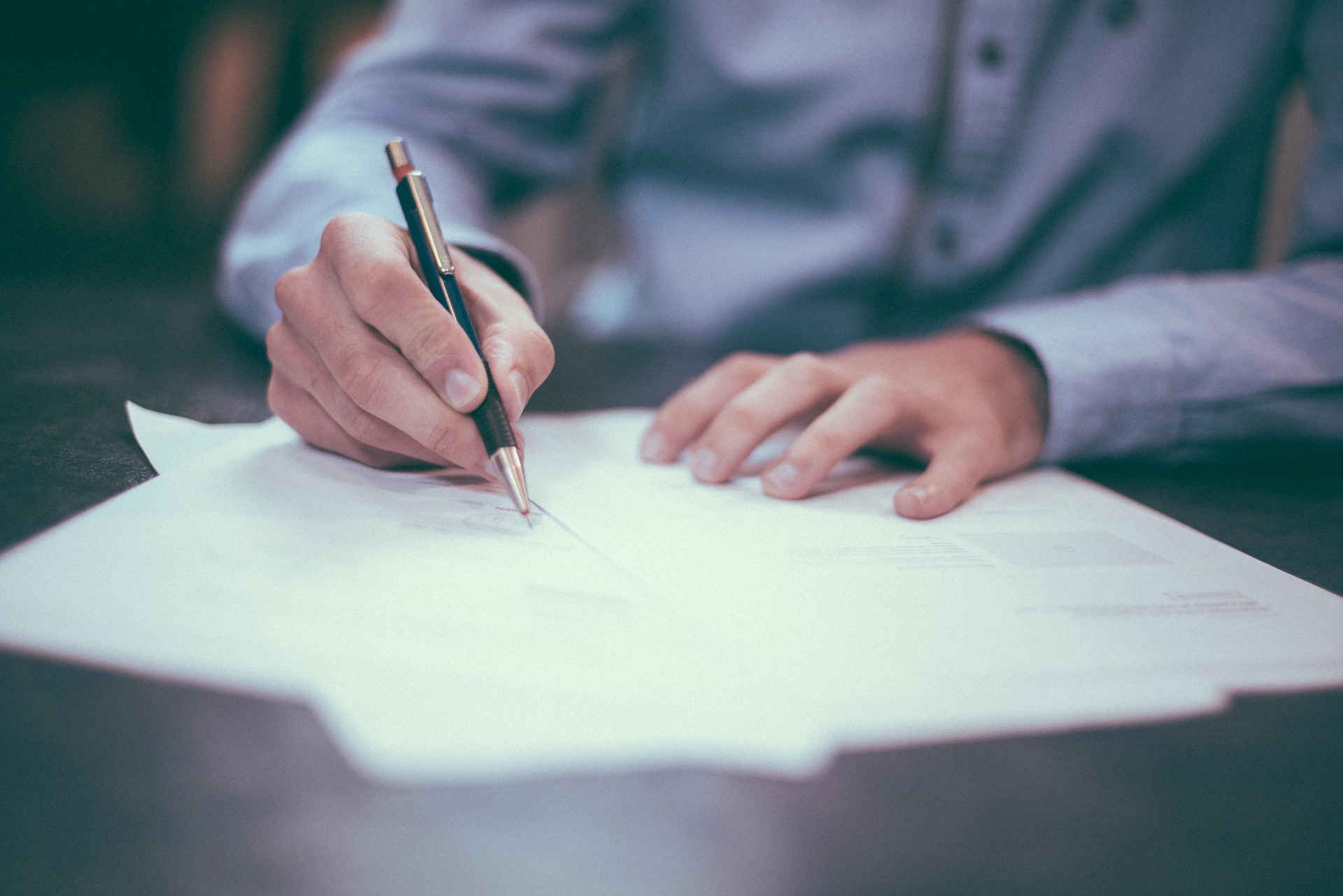
It's important to bring all of your medication with you on your trip, which means you should have a copy of your doctor's records for all of your prescriptions. You should also bring a copy of your COPD treatment and action plans to reference if you need to.
You should keep this paperwork with you at all times when you travel for both medical and security reasons. If you are traveling by plane, train, boat, or using any other transportation service, you may need to present your medical and prescription records to bring medication or oxygen on board.
It's also a good idea to have all of this information on hand in the case of an emergency or hospitalization. Doctors and emergency personnel will be better able to help you if they have immediate, detailed information on your medical condition.
Oxygen Travel Checklist

Careful planning ahead of trips is essential if you use oxygen therapy, especially if you need to use it continuously. It's important to take this preparation step seriously, or you could end up with a serious medical emergency.
To help you the next time you travel, here is a checklist of vital steps you should take before taking any kind of trip with oxygen:
- Notify the place you will be staying at that you are bringing oxygen. Ask if there are any special requirements or safety concerns.
- Get a note from your doctor with your brief medical history and a detailed list of all the medications you use, including your oxygen prescription. Keep it with you at all times when you travel.
- Make sure you have enough oxygen to last your whole trip. Contact your oxygen supply company if you need to stock extra.
- Make sure that your mode of transportation allows you to bring oxygen on board. Be aware that some transportation companies only allow portable oxygen concentrators or have restrictions on the number, type, size, or weight of oxygen canisters you can bring.
- If you are bringing a portable oxygen concentrator, make sure that you have enough batteries to make it last your whole trip. Depending on your mode of transportation, you may be able to plug your concentrator in to your car or recharge your batteries via an A/C outlet along the way.
- Make sure you have a safe, secure place to store extra oxygen tanks during your journey. If needed, your oxygen supply company might be able to deliver oxygen canisters to your destination for you.
- Flying with oxygen can be complicated, and what you need to do depends on which airline you are flying with. Refer to the section on traveling by plane (below) for more information.
Traveling by Car with COPD

Compared to other forms of transportation, traveling by car gives you more control over your trip and your immediate environment. This can make managing your COPD while you travel much easier, since you have more control over your schedule, your space, and any equipment and medications you bring.
Car travel also makes it much easier to bring oxygen and manage your oxygen therapy. As long as you can fit your equipment and canisters safely in your car, you don't have to worry about any restrictions or limitations on the kind of oxygen you can bring along.
Taking a road trip in your car is one of the most convenient ways to travel when you have COPD, but it still comes with some challenges. Before you plan your next road trip, you should learn how to protect your lungs on the road and transport your oxygen safely.
Avoid Respiratory Irritants
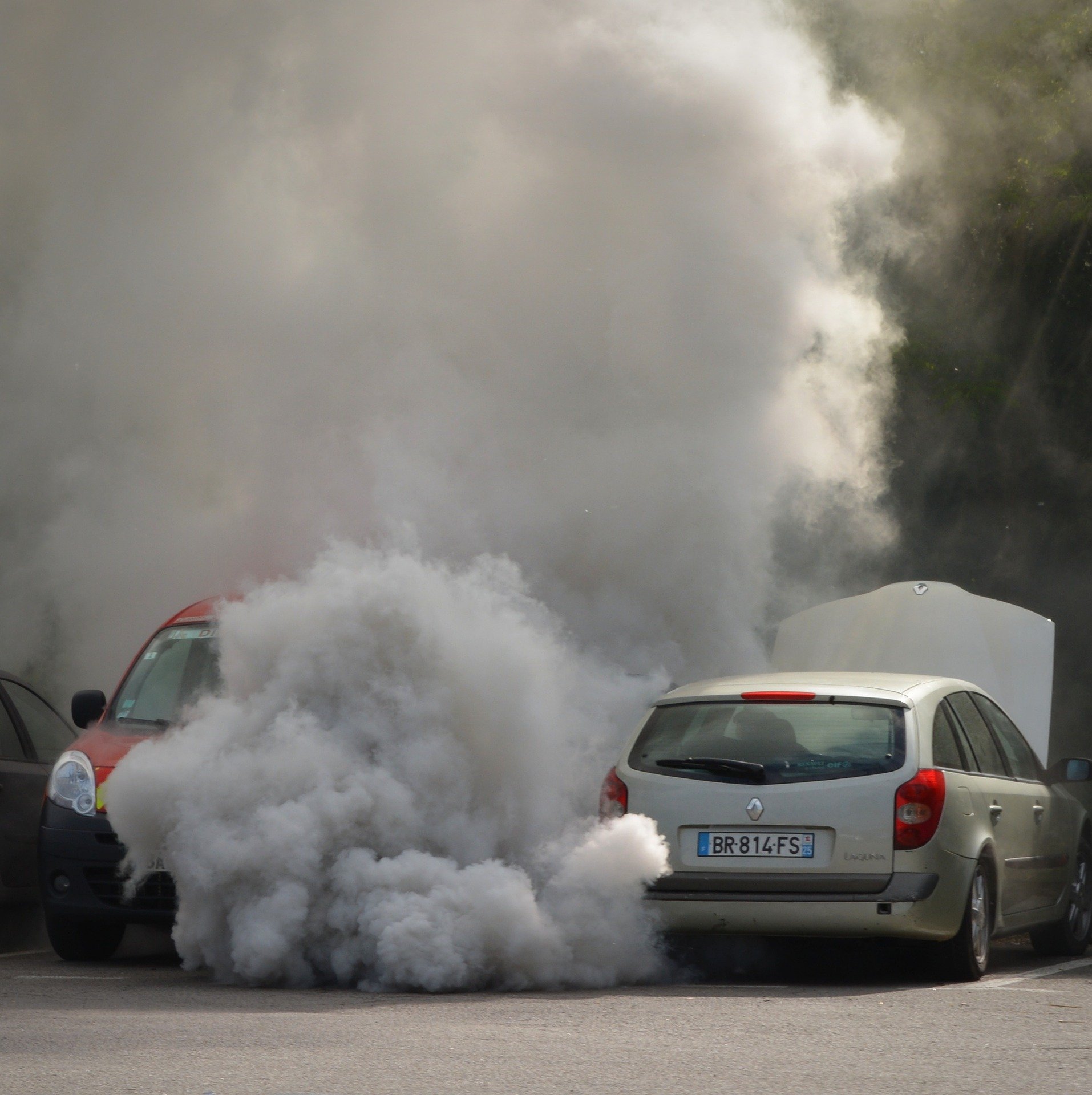
Pollution and respiratory irritants are the most hazardous aspects of car travel for people with COPD. When you spend extended amounts of time on the road, you need to be especially careful to protect yourself from car fumes and other respiratory irritants.
First, never smoke in the car or allow anyone else with you to smoke in the car or around you during the trip. This is particularly vital if you are transporting oxygen in your car, as sparking a cigarette becomes a major fire hazard.
If possible, make sure you are riding in a non-smoker's vehicle; even if no one is actively smoking, simply being inside a smoker's car can irritate your lungs and cause your symptoms to flare up. If there is no non-smoker's vehicle available, consider getting the car thoroughly cleaned by a professional or renting a different car for your trip.
Second, keep the windows rolled up as much as possible to keep air pollution, allergens, and exhaust fumes from wafting into your car. You can also set your car's ventilation system to continuously re-cycle the air in the car's cabin, which prevents it from pulling in polluted air from the road.
Over-Prep Your Vehicle and Route
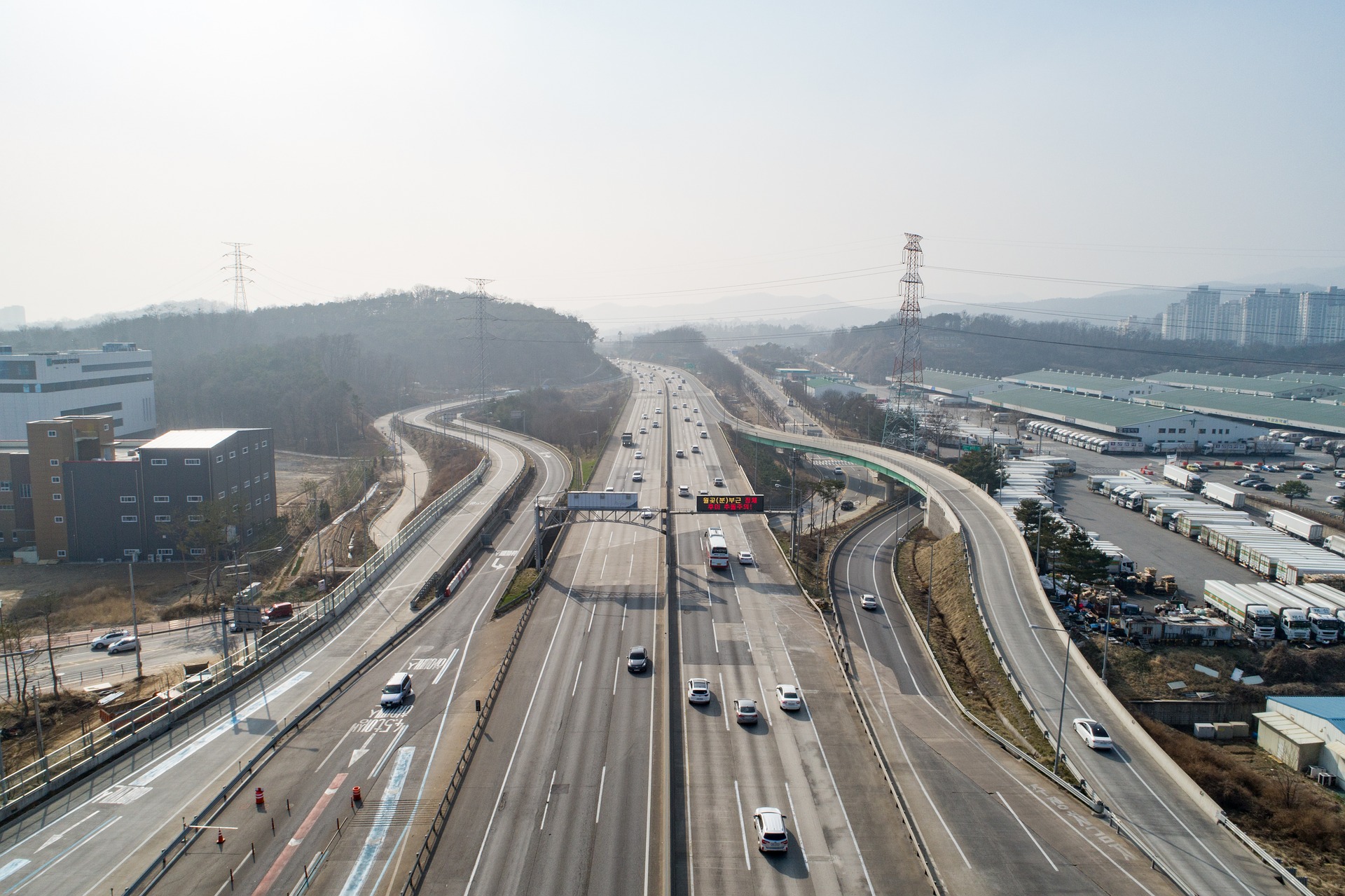
When you have a chronic disease, mishaps like getting lost or stranded can be especially dangerous. If your car breaks down, you could end up stuck in hazardous conditions or even run out of oxygen.
That's why you should always get your car inspected and serviced before a long trip to check for any problems or malfunctions. Make sure they check all the basics, like ensuring your car has fresh oil and that your air filter, engine fluids, and brake pads don't need to be replaced.
You should also keep an emergency preparedness kit in your car along with a first aid kit, a spare tire and jack, and a small gas canister in case you run out of fuel. Your emergency kit should include, at a minimum: a tire guage, an emergency flare, reflective markers, jumper cables, extra water supply, blankets, and a flashlight.
To reduce the chances of any mishaps, you should plan your travel route thoroughly and carefully, making note of any road closures or other potential problems along your path. Make sure you have a map, smartphone, or a GPS device available in case you need to make last minute changes to your route along the way.
As you plan your route, try to avoid busy highways, high-traffic roads, and areas with high levels of allergens you are sensitive to. This will reduce the amount of respiratory irritants your lungs are exposed to and make your symptoms less likely to flare up.
Take Breaks
Even though you spend most of the time sitting down, extended road trips can be physically exhausting. Being stuck in such a small, cramped place can get extremely uncomfortable after awhile.
Building stops and breaks in to your trip, however, can significantly reduce the stress and physical strain of long trips in the car. Make sure you give yourself plenty of opportunities to pause, stretch your legs, and take bathroom trips along the way.
If you need to, break your trip up into smaller chunks find places along your route you can stay at overnight. This can help the trip feel more bearable and can also make it easier to keep up with your normal COPD treatment routine.
Sitting for very long periods of time is not healthy for your body, so you should take every opportunity to stretch and move around when you travel. Stand up, take a short walk, and get your blood flowing at regular intervals during your trip.
Taking Oxygen on Your Road Trip

Transporting oxygen in your own car is much simpler than taking it on any other mode of transportation. The only major things you have to worry about is bringing enough oxygen and making sure you have a safe place to store it in your car.
Oxygen canisters, whether liquid or gas, should always be stored upright in a well-ventilated place. That means you should never transport oxygen canisters in your trunk, which is too small and enclosed a space to store them safely.
Instead, it's best to store extra oxygen canisters on the floor of your car in the space behind the driver's or passenger's seat. If you are using oxygen while traveling, you can store your current oxygen supply in the seat next to you. If you are a passenger, you can also store your canister or portable oxygen concentrator on the floor in front of you, if there's space.
If you are traveling in a warm climate, make sure you never leave your oxygen cylinders for too long in the hot car. If you will be leaving the car in the heat for an extended period of time, you will need to remove the cylinders from your vehicle and find a secure, climate-controlled place to store your oxygen while you're gone.
Lastly, it's important to make sure that you bring enough oxygen with you to last you your whole trip. If you don't have enough space to store it all in your car, talk to your oxygen supply company to see if they can deliver more to you at your destination.
Flying by Plane with COPD

Planes are one of the more difficult modes of transportation to use if you have COPD. It's significantly more difficult if you are traveling with oxygen, because of airport restrictions and security. In fact, if you don't have a portable oxygen concentrator, you cannot bring oxygen on a plane at all.
There are several important things to remember b

